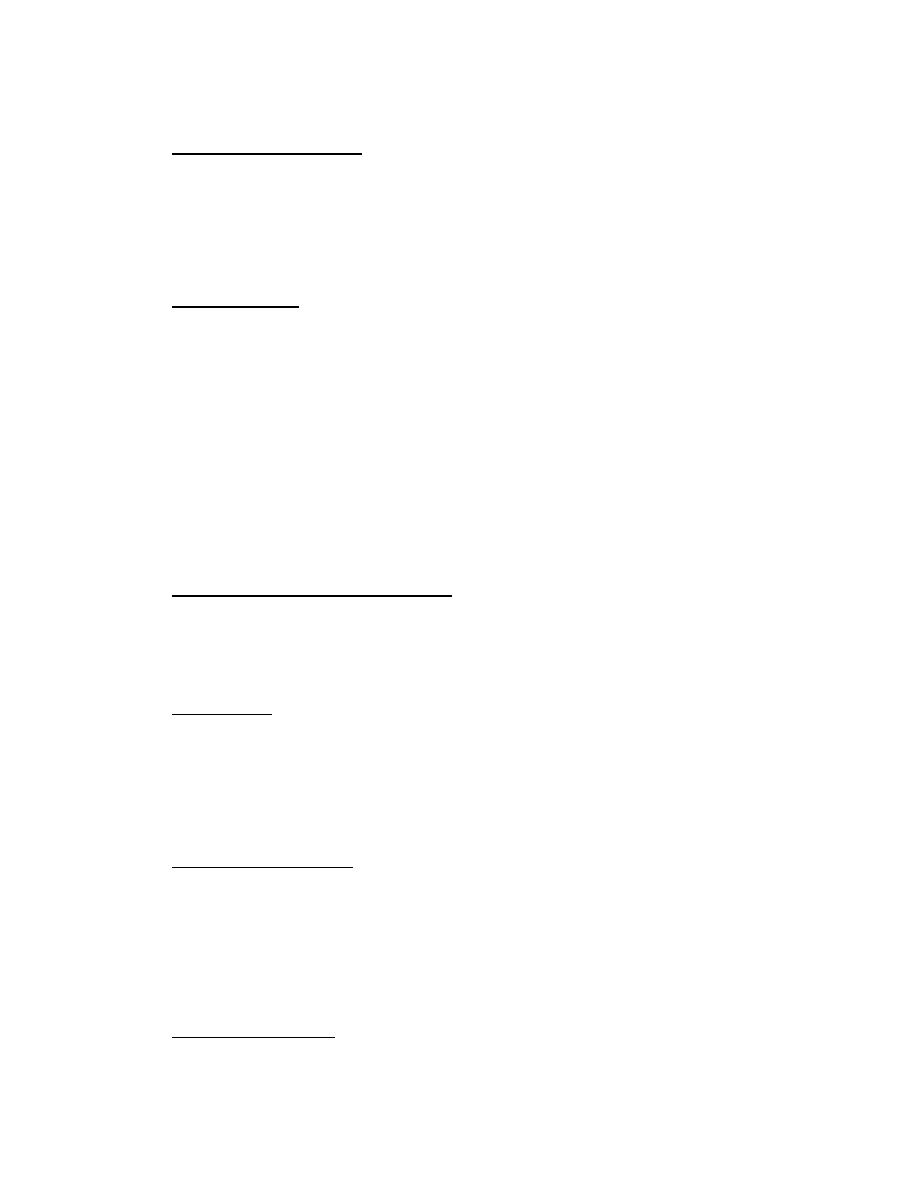
| Tweet |

Custom Search
|
|

|
||
 MIL-HDBK-1038
4.2
Structural-Mechanical. These components include structural members which
pivot, rotate, or slide with respect to each other; and mechanical assemblies that
function as joints between structural members where relative movement is intended.
The structural members are designed according to structural criteria; the joints
between them are designed to comply with the applicable mechanical criteria or
other unique requirements. The rotate (turntable) bearings are standard
commercial products; all other structural-mechanical components are custom
designed.
4.2.1
Equalizer Bars. Reeving system equalizer bars, used to equalize the wire
rope pulls of double reeved systems, are short plates or weldments with a pivot
pin in the center and wire rope fitting pin connections at the ends. Except for
standard commercial cranes, the pivot pin bore requires a bronze bushing with
flanges or thrust washers. The pins and the bronze bushings are sized per the
mechanical design criteria. The bronze bushings include provisions for grease
lubrication of the bore, normally through drilled passages in the pin. On smaller
pins, oil impregnated sintered bushings may be used and grease lubrication
omitted. Pin seats in the support structure, where there is no relative motion
between the surfaces in contact, are not lubricated and the structural criteria
applies.
The equalizer bars may be installed directly into the adjacent support
structure (usually the trolley) or a pivoting frame on the boom,
A-frame, or trolley. NCC approval is required for installation of an equalizer
bar in the hook block.
4.2.2
Sheave and Equalizer Bar Frames. Frames that function as pivoting sheave
nests or equalizer bar frames are designed according to the structural
requirements. As in the case of equalizer bars, all their pivot joints are sized
per the mechanical design criteria with provisions for grease lubrication through
drilled passages in the pin. Equalizer frames are normally installed on booms, A-
frames, or trolley structures.
4.2.3
Boom Hinges. Boom hinge pins are designed according to the structural
design criteria. Normally hinge assemblies utilize bronze bushings with grease
lubrication. Alternatively, commercial bearings, specifically designed for such
applications, may be used in place of the bushings. The bushings or the bearings
may be installed either in the boom or the base supports. Lubrication passages
must be arranged to deliver injected grease to the proper locations with the boom
at any angle, and to ensure this, the pins may have to be locked against rotation
with respect to the boom or the base supports.
4.2.4
Fleeting Sheave Pins. These are long stationary pins mounted in the legs
of the A-frame. They support sheaves which rotate and slide on bronze bushings
along the pin. The sliding forces are due to wire rope lateral movement caused by
the characteristics of the reeving system. The ends of the pins are considered as
structural connections; the pins themselves must be designed to unique criteria to
limit deflections and ensure smooth sliding of the sheaves. The pins must be
plated with nickel and hard chrome, or be of stainless steel. Since the sheave
slides along the pin, grease lubrication is provided through passages in the
sheave hub and bushings.
4.2.5
Center Steadiments. These assemblies, commonly used on the older portal
and floating cranes, are comprised of an upper and lower tubular section (usually
45
|
 
|
|
 |
||